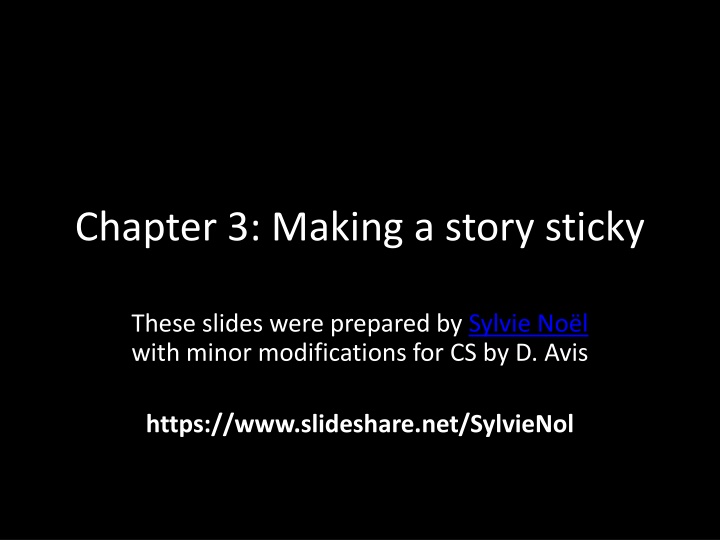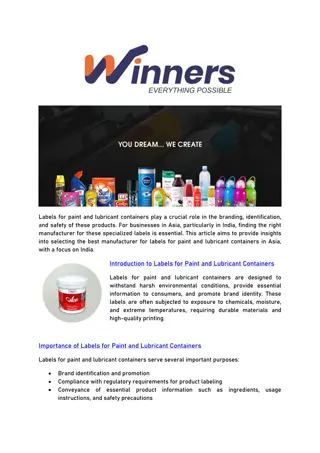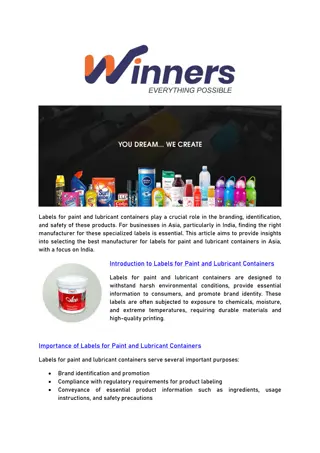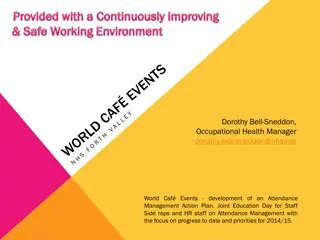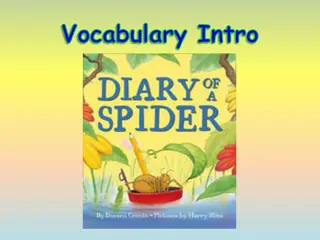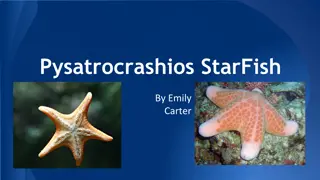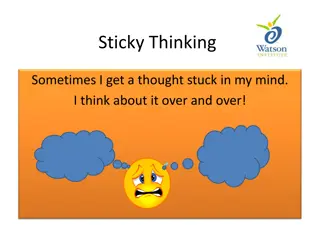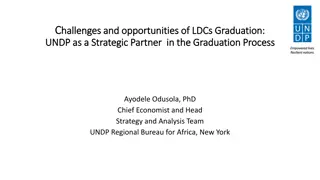Chapter 3: Making a story sticky
In this presentation, Sylvie No.l outlines strategies for making stories memorable and impactful. Learn how to simplify complex ideas, make them unexpected, concrete, credible, and emotional. Discover the power of simplicity and avoiding simplistic messaging. Embrace the importance of schemas and framing knowledge gaps to engage readers effectively.
Download Presentation

Please find below an Image/Link to download the presentation.
The content on the website is provided AS IS for your information and personal use only. It may not be sold, licensed, or shared on other websites without obtaining consent from the author.If you encounter any issues during the download, it is possible that the publisher has removed the file from their server.
You are allowed to download the files provided on this website for personal or commercial use, subject to the condition that they are used lawfully. All files are the property of their respective owners.
The content on the website is provided AS IS for your information and personal use only. It may not be sold, licensed, or shared on other websites without obtaining consent from the author.
E N D
Presentation Transcript
Chapter 3: Making a story sticky These slides were prepared by Sylvie No l with minor modifications for CS by D. Avis https://www.slideshare.net/SylvieNol
From Writing Science: How to Write Papers That Get Cited and Proposals That Get Funded, Joshua Schimel, 2011
SUCCES: Making a story sticky S: Simple U: Unexpected C: Concrete C: Credible E: Emotional S: stories
Simple Find the simple message that captures the essence of your research paper Simple Simplistic Simplistic messages dumb down or trivialize the issue or dodge the core of the problem
Simple Everything should be as simple as possible but not simpler (Einstein) Fit organisms survive and pass on their genes while unfit ones don t (Darwin) It s the economy, stupid! (Clinton)
Simplistic People are poor because they are lazy You pay too much in taxes We are going to build a wall and Mexico is going to pay for it! (Trump)
simple vs simplistic? Senator Ted Stevens was lampooned for his _____ description of the Internet as a series of "tubes ". "The truth is rarely pure and never _____." (Oscar Wilde) This software represents the state-of-the art in information-retrieval systems and comes with _____ instructions on how to operate it.
Simple: schemas A schema is an underlying organizational pattern or structure How we structure information Example schemas: How email is transmitted and received How large scale software is built and maintained When we learn, we add to our schemas When you write, aim for your potential readers schemas
Unexpected Frame the knowledge gap by using what is known to identify the boundaries of that knowledge
Unexpected Find what is novel in your results and highlight the unexpected elements Frame new questions and look for new insights What is the knowledge gap you are answering in your paper?
Concrete Science has both a concrete side: the data And an abstract side: the ideas Abstract and concrete are a continuum, not a dichotomy: from the concrete data to abstractions of these data to abstractions of these abstractions, and so forth Most research is at a middle level of this continuum
Concrete To make your paper more readable: Ground and define your specific concepts in widely understood schemas or in the details that explain the abstractions
Credible Credibility goes hand in hand with concrete Our IDEAS are credible when we ground them in previous work and cite those sources Our DATA are credible when we describe our methods, present the data clearly and use appropriate statistics Our CONCLUSIONS are credible when we show that they grow from those data
Emotional The fundamental emotion in science is CURIOSITY You need an engaging question, not just data You engage curiosity by shifting your focus from What information do I have to offer to What knowledge do I have to offer Emotion is particularly important for proposals
Stories Stories are modular: a single large story is crafted from several smaller story units threaded together When writing, think about internal structure and how to integrate these story modules As you discuss your data and ideas, find units that you can package into coherent modules
Summary: SUCCES Before you start writing, figure out how you are going to weave these six elements into your work Figure out the simple story Build it around the key questions that engage UNEXPECTED and EMOTIONAL This will guide you in selecting the material you need to make the story CONCRETE and CREDIBLE
